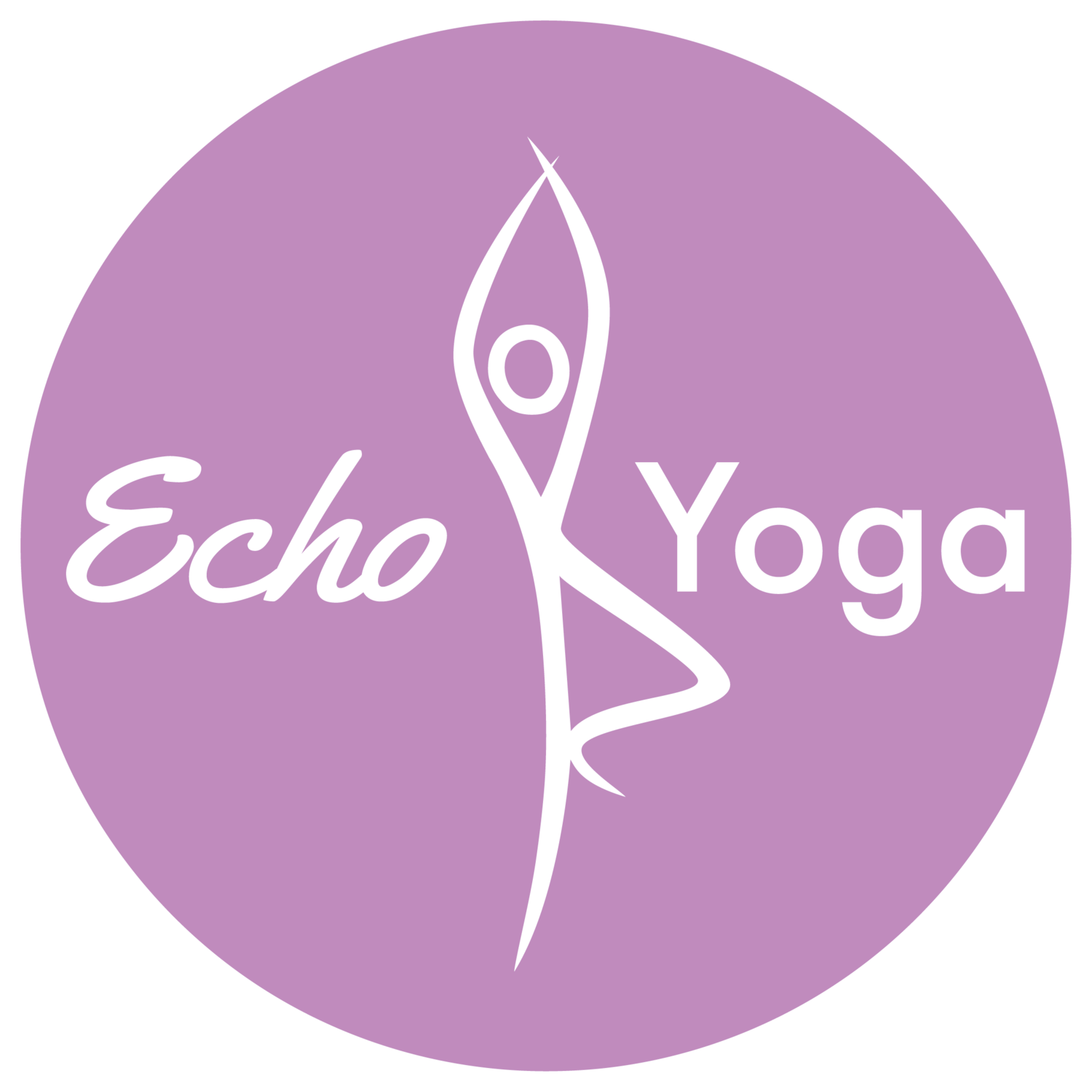Yoga Teachers: An easy guide to risk assessment
Why should I need a risk assessment for my yoga class? Is it complex and difficult? Where do I start? After many years working in the NHS as a senior nurse and managing risk registers I have simplified risk assessment and tried to demystify what it actually entails. If you are a yoga teacher who teaches yoga within a studio, there should already be a risk assessment in place completed by the owner or manager. Its worth asking to see the risk assessment so you can use it as a learning opportunity.
However if you teach independently you may find that a prospective new group you work with will ask for a risk assessment. For every venue that you hire for classes, workshops or even retreats, it is worth completing a risk assessment so that you have a document that evidences you have reviewed potential risks for your class. This doesn't need to be a huge document but a simple record of an assessment that you probably do without thinking. If anybody comes to harm in your class and makes an injury claim against you, your insurance company will ask for your risk assessment. You do have insurance?
What is risk?
The risk is the chance high or low that harm that can be caused by an identified hazard. With an indication of how serious the consequences could be.
How to assess for risk According to the Health and Safety Executive (HSE) http://www.hse.gov.uk/risk/index.htm There are 5 steps to a risk assessment: 1. Identify the hazard 2. Who may be harmed and how 3. Evaluate the risk and decide on precautions 4. Record your findings and implement them 5. Review your assessment and update if necessary.
How can these steps be used to assess risk in your yoga class? Firstly identify the hazard. These can be grouped into general headings including environment, equipment and people. This is not an exclusive list so please add any hazards that you may have identified.
Environmental hazards - dirty floor, floor in poor condition, trip hazards, steps or handrail on stairs, ornate fireplace or fixture and fittings in venue Equipment - broken chairs, storage, equipment fit for the purpose they are designed, yoga prop usage People - general physical and mental health, injuries, ego taking over ability. Who may be harmed and how? This would be yourself and those who attend your yoga class. When teaching adults with learning disabilities this also includes their support worker team. Using your identified hazards who could be harmed and how. As an example I will use the Environmental hazards I identified above.
Example Flooring
When attending your class check the floor for cleanliness, broken glass, ripped carpets, wobbly steps, clear signage for steps or trip hazards and handrails firmly attached. So with these potential hazards anybody who is in the venue during the class could be harmed. The main areas for harm would be slips, trips, falls, splinters/cuts from wooden floors etc.
Evaluate the risk and decide on precautions
You need to review the hazards and decide what the risk is from no risk,low, medium or high. Then think about what you can do to minimise the risk or put precautions in place.
Example flooring
check floors at the start of every class and brush any debris away. This then reduces the risk of harm.
Trips up or down a step. Make sure step is clearly labelled and remind group at start of class
Recording your findings and implementing them
An example of a risk assessment template is attached. When recording your findings you should identify and state the person who is responsible for this action and provide a date for which the action should be completed. This can then be used as your review date.
This is an example of the template i use for my yoga class for adults with learning disabilities
Review your assessment and update if necessary
Things change and often this is beyond our control. However by building in a review date into your risk assessment template you are already prompting yourself to review the risk assessment and checking actions have been completed. If not, why not and check with the person responsible and document on your risk assessment. This is all evidence that you are reviewing the risks in a professional manner.
This guide to risk assessment is a starting point. If you are aiming to collaborate with NHS organisations a more in depth risk assessment may be required. This is part 2 of this blog and can be found via https://www.echoyoga.co.uk/post/yoga-teachers-an-in-depth-risk-assessment-when-collaborating-with-healthcare-organisations
I hope you find this blog useful. If you wish to comment about this blog please do so. All comments are welcomed.
Thank you


